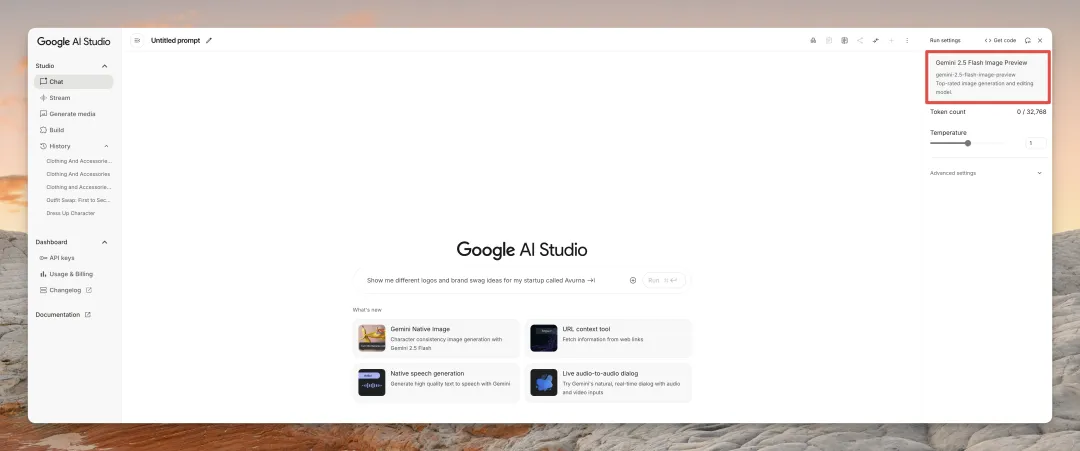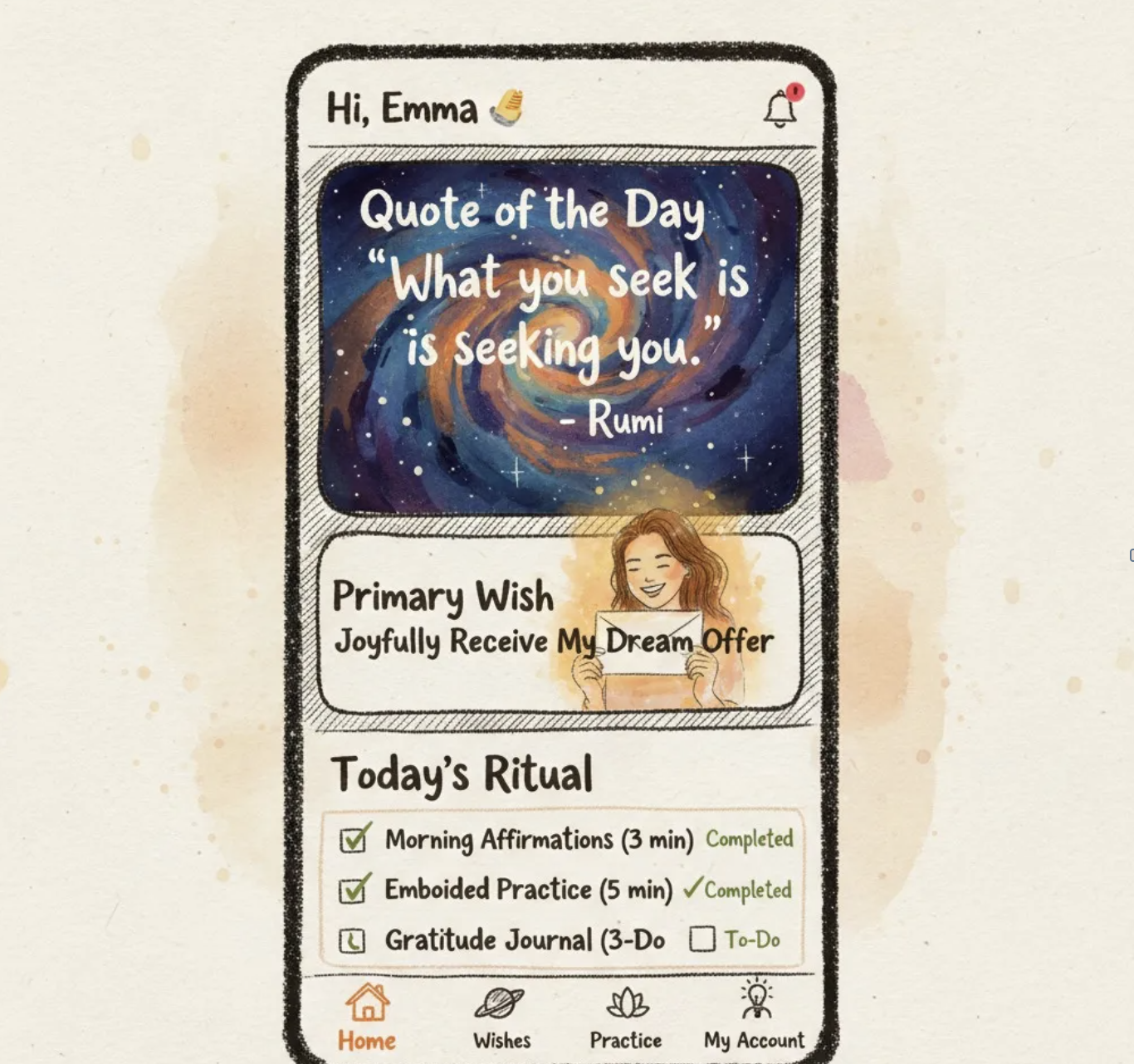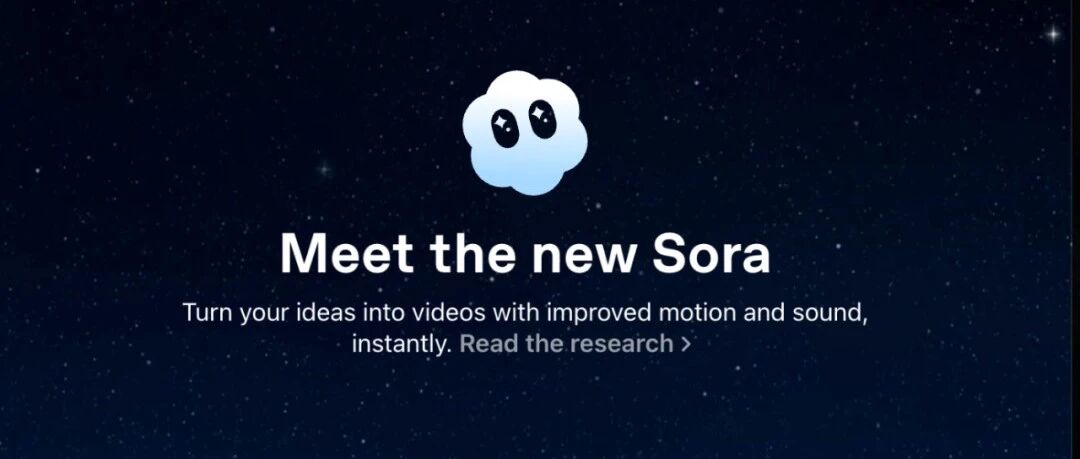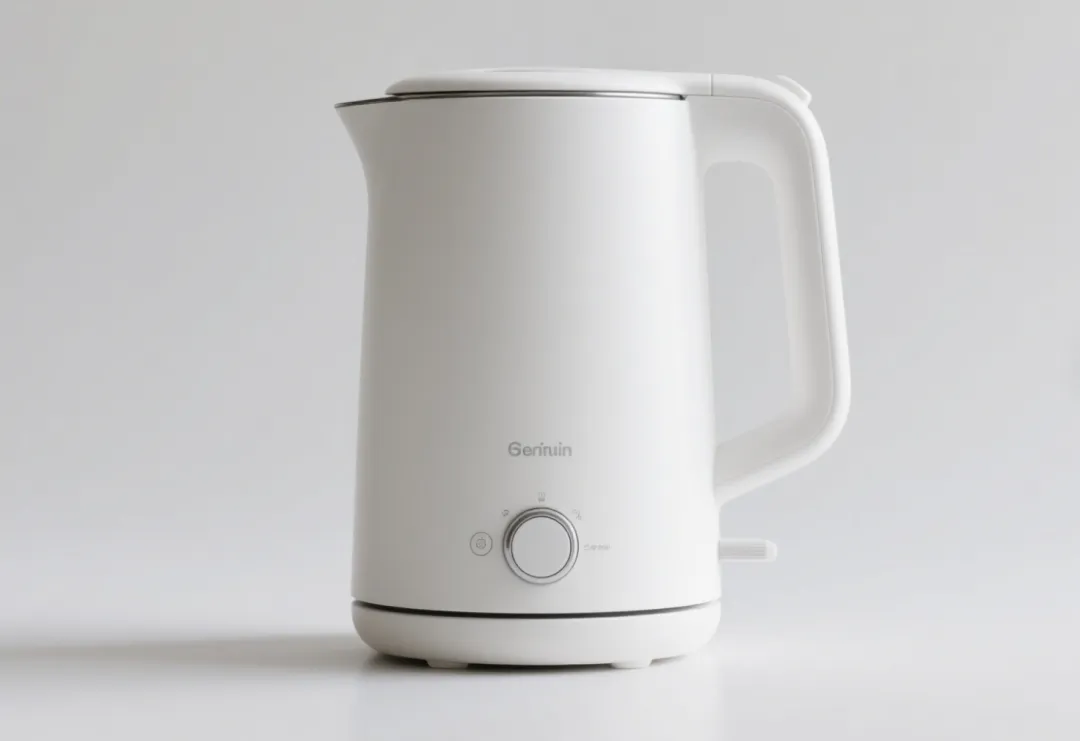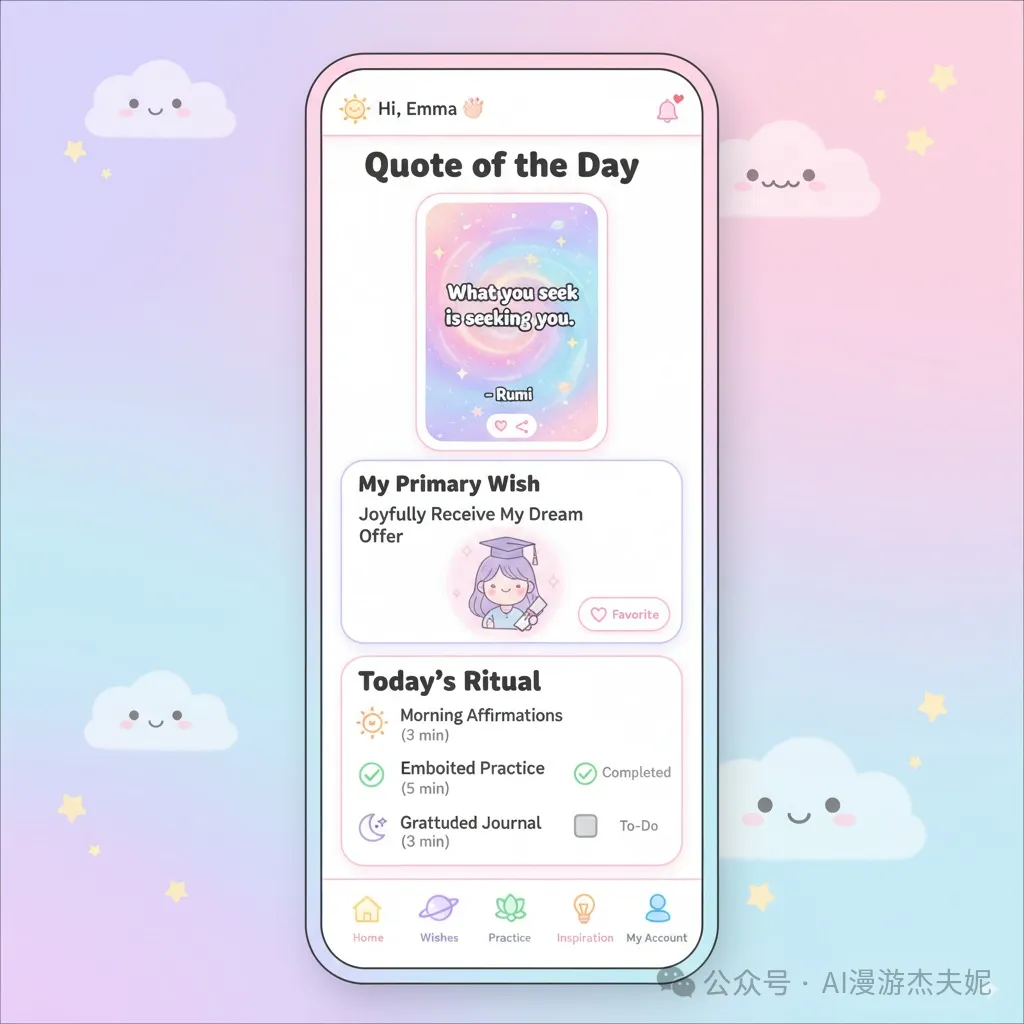Just when everyone thought October 1st would be quiet, OpenAI dropped a bombshell: Sora 2, plus a new app that could completely reshape the social landscape—Sora.
If the original Sora over a year ago showed us the dawn of AI video, then Sora 2 just dragged us straight into the blazing noon sun—blinding, scorching, and impossibly real.
This time it's not just a tech demo. They've built an actual consumer app for regular users to experience.
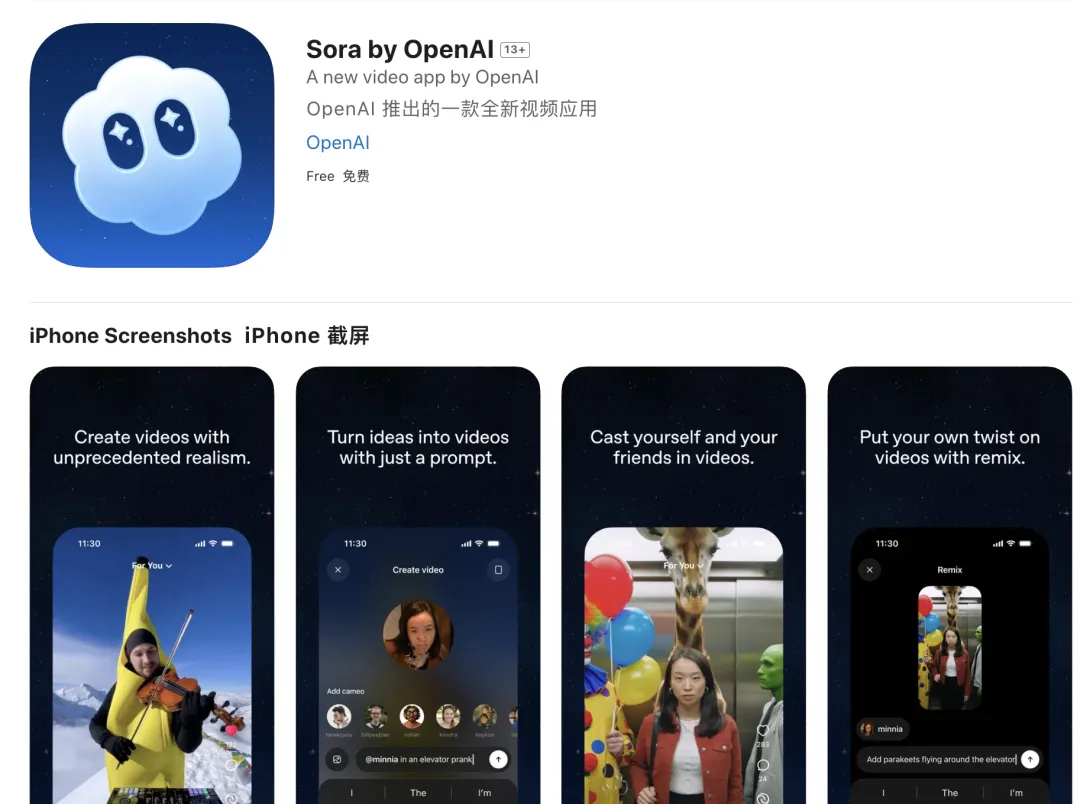
OpenAI has also, quite rarely, directly called Sora 2 the "GPT-3.5 moment" for AI video generation.
After watching Sora 2's launch and trying it out, I can see OpenAI's confidence this time is backed by real substance. This isn't Altman's usual hype.
The definition of reality has been pushed to a point where we must discuss it all over again. A completely new species, a brand new era, has begun.
Altman just posted a long piece too, calling this the "ChatGPT moment" for creativity, saying creativity is about to have a "Cambrian explosion."
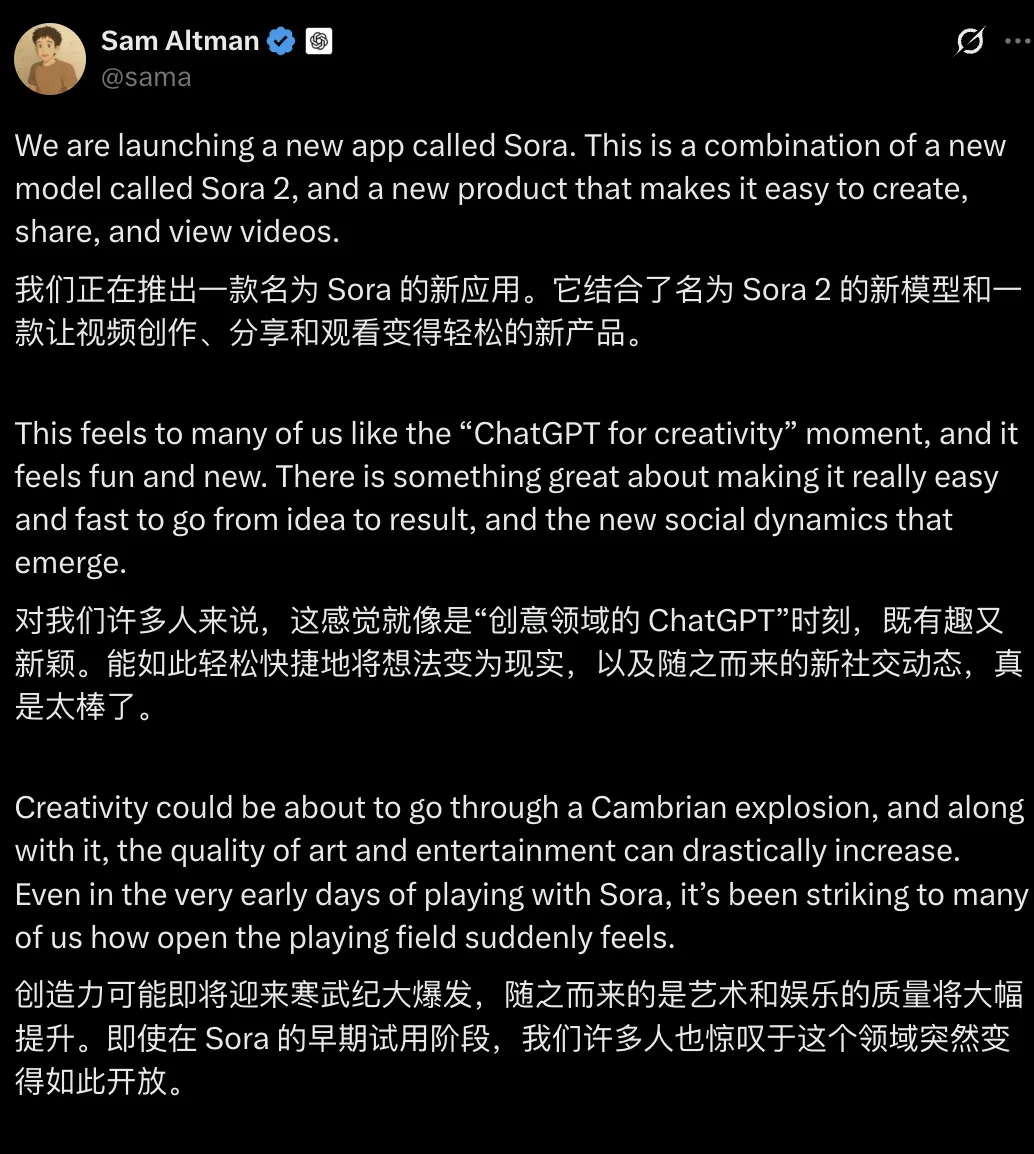
We've immediately compiled a comprehensive summary of Sora 2 and the Sora app's core features, new gameplay, and how to use them.
Sora 2
- First-ever synchronized audio-video generation: Creates matching environmental sounds, object interaction sounds, and even contextual dialogue alongside the visuals
- Terrifyingly accurate physics: Capable of physics simulation that's more consistent with real-world dynamics
- Dramatically improved realism: Enhanced image resolution, detail level, and overall realism
- More flexible style adaptation with stronger style control capabilities
- Better consistency and improved instruction-following compared to previous models
Sora app
- Cameo: The Sora app's biggest highlight—users can seamlessly insert themselves or friends into any AI-generated scene with realistic effects
- Remix: Users can "remix" or create variations of each other's videos for collaborative creation
How to Experience It
-
Sora app download link 🔗 (currently iOS only, no Android)
https://apps.apple.com/us/app/sora-by-openai/id6744034028 -
Web version 🔗 sora.com
-
Regional support: Launching today in the US and Canada first, with other countries and regions opening gradually
-
Invitation code system: Both iOS app and web version require invitation codes to use. You can download the app or visit the website to register and join the waitlist now.
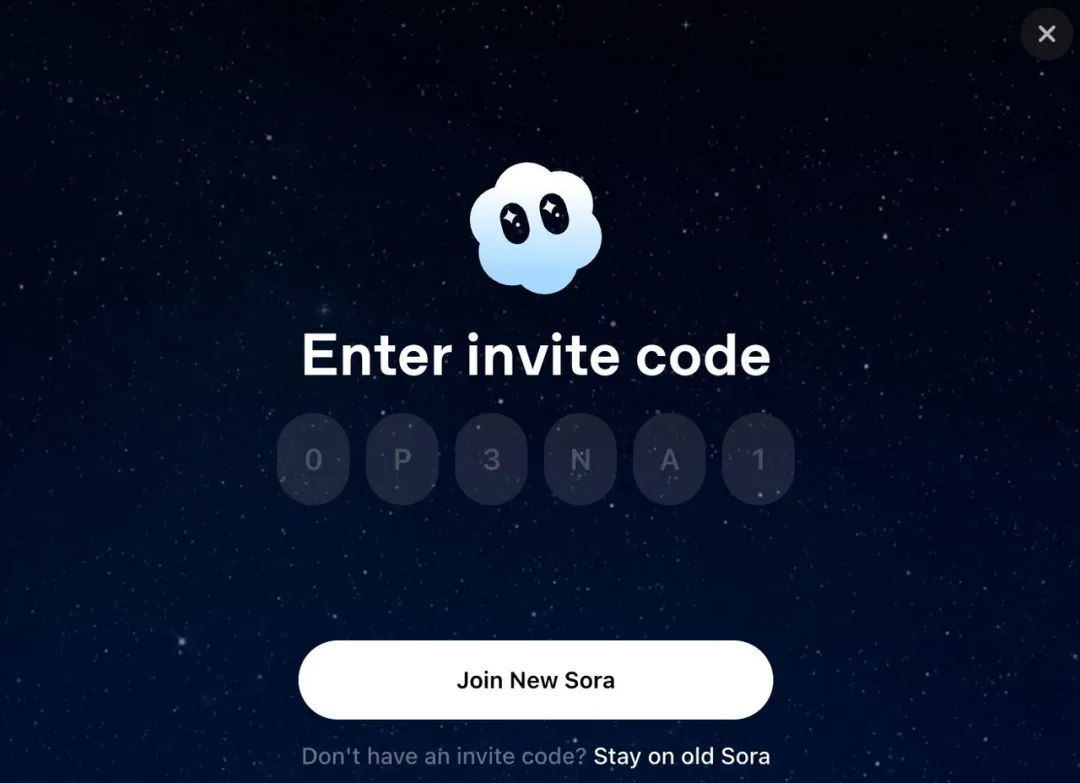
-
Pricing: Sora 2 will initially be free with relatively generous usage limits. ChatGPT Pro users get early access to the higher-quality Sora 2 Pro model on the web version
-
OpenAI will also release an API for more developers to join in.
Sora 2: No Longer "Generating"—It's "Simulating the World"
Sora 2's core breakthrough is its evolution from a "video generator" to a "world simulator."
Understanding the physical world has always been AI video's biggest challenge. Previous AI videos often had objects weirdly clipping through things or floating around—all because they couldn't accurately understand physical world interactions.
In Sora 2's videos, gymnastics movements, consecutive backflips in place, diving—all these motions naturally follow mechanics, and the water splashes also follow fluid dynamics.
OpenAI's ultimate goal is building a "general-purpose world simulator"—having AI understand our world's physical rules.
Sora 2 is a key step toward that. Think of it as a student constantly doing physics experiments in a virtual world. By observing countless videos, it's essentially teaching itself Newton's laws, fluid dynamics, and optical principles.
For any useful world simulator, this is an extremely important capability—you must be able to simulate failure, not just success.
This simulation of real-world complexity is Sora 2's most terrifying evolution.
Another major breakthrough for Sora 2 is that while generating visuals, it can simultaneously create matching environmental sounds, object interaction sounds, and even contextual dialogue.
While AI video and audio are both strong now, the realism from "unified audio-visual" is completely different—this gives AI video a real "soul."
This places extremely high demands on the model. For example, if you ask AI to generate "a cat walking across a keyboard, making displeased meowing sounds."
The model needs to know "what cats look like," has learned "what cat sounds are like," and tightly binds these two together. It also needs to understand the action of "pressing keyboard keys" to produce the "click" sounds.
Additionally, Sora has made huge leaps in controllability, able to follow complex instructions across multiple shots while accurately maintaining world state. It's particularly good at realistic, cinematic, and anime styles.
Sora App: Creating Your AI "Life"
Yesterday's leaked "AI TikTok" is the Sora App, but looking at it now, OpenAI wants to do far more than just a social app.
Sora App directly supports Sora 2 model generation, and the most fun feature has to be "Cameo." You just need to record a short video and audio (for liveness verification and image capture), and you can "insert" yourself into any AI-generated scene.
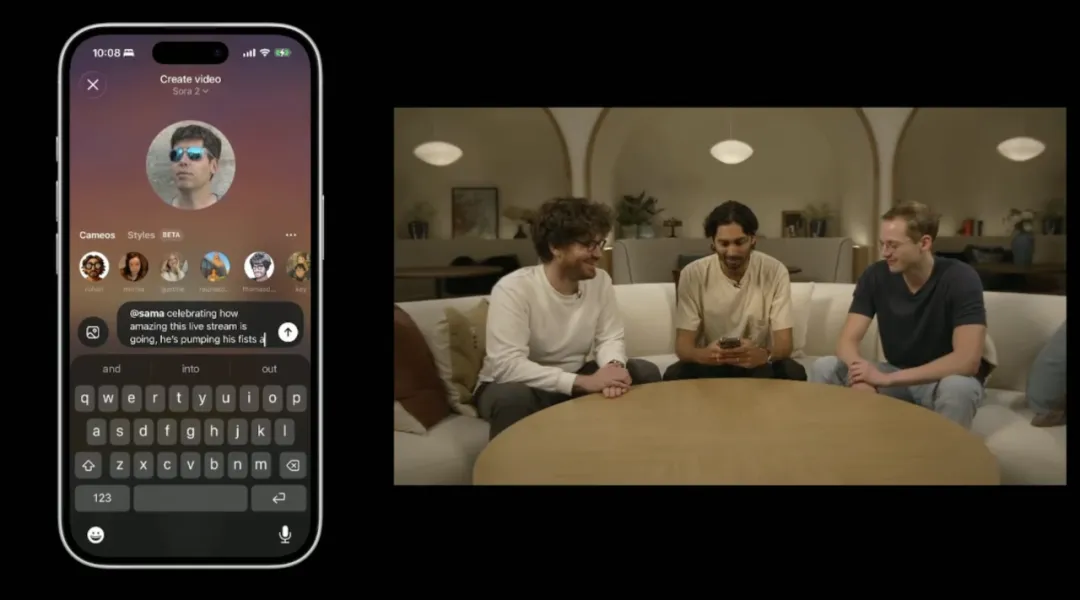
One second you're in your office, the next you can appear on Dune's desert planet, gazing up at twin moons. Sora will even add realistic lighting and shadows to your face based on the desert's illumination.
This feels like those viral face-swap apps, but taken to a whole new level.
The whole process is as simple as taking a selfie video. Sora captures your appearance, voice, and expressions, then when generating videos, you can just "paste" yourself in like selecting a sticker—but 3D, seamless, and highly realistic.
OpenAI employees have already made new friends at work because of this feature.
You can cameo with friends in the same scene, starring in your own sci-fi blockbuster. This is a completely new way of communicating—evolving from text, emojis, and voice to a "shared experience" video medium.
In Sora App's feed, every video you see is AI-generated.
If you see a video you like, just click "Remix." You can modify the prompt, changing "cyberpunk rainy night" to "sunny afternoon," or use the "Cameo" feature to add yourself in and become the story's protagonist.
Sora preserves the original video's structure or style, letting you modify and recreate based on it—as simple as retweeting with a comment.
Of course, these features inevitably raise concerns about privacy and copyright issues.
Sora has implemented countermeasures: only users themselves can decide who can use their "Cameo" likeness. Users can revoke access at any time or delete any videos containing their image, even unpublished drafts created by others.
OpenAI states that uploads containing real people from movies or videos will initially be prohibited or strictly regulated, while content involving children will have strict filtering: scenes containing children will have rigorous review thresholds.
Reality—Does It Really Not Exist This Time?
What Sora 2 and Sora App bring goes far beyond just fun—they're fundamentally shaking our definition of "real."
Sora 2's release perhaps marks that our relationship with reality is entering a new era. Each of us has gained the "magic" to reshape the world and remake ourselves.
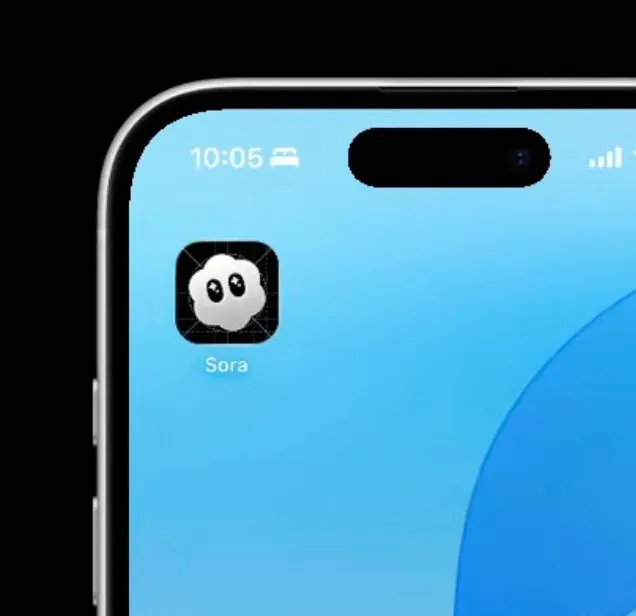
Now, we might not be actively choosing to escape reality—rather, "reality" itself is losing its core position as our life's reference point.
Sora App, by providing ultimate creative joy and social connection, is building a new reality center with incredibly strong gravitational pull. It's not offering you a "virtual avatar" outside your real life—it's trying to become the "new backdrop" of your life.
When your social relationships (adventuring with friends in AI worlds), identity expression (becoming superheroes in virtual worlds), and creative expression (remixing the whole world) all primarily happen on this platform, then that physical world—the one you occasionally need to "log out" to handle utility bills—ironically becomes an occasional "backup" you rarely need to visit.
This is literally Ready Player One. So OpenAI's endgame is the metaverse? Mark Zuckerberg is probably taking notes.
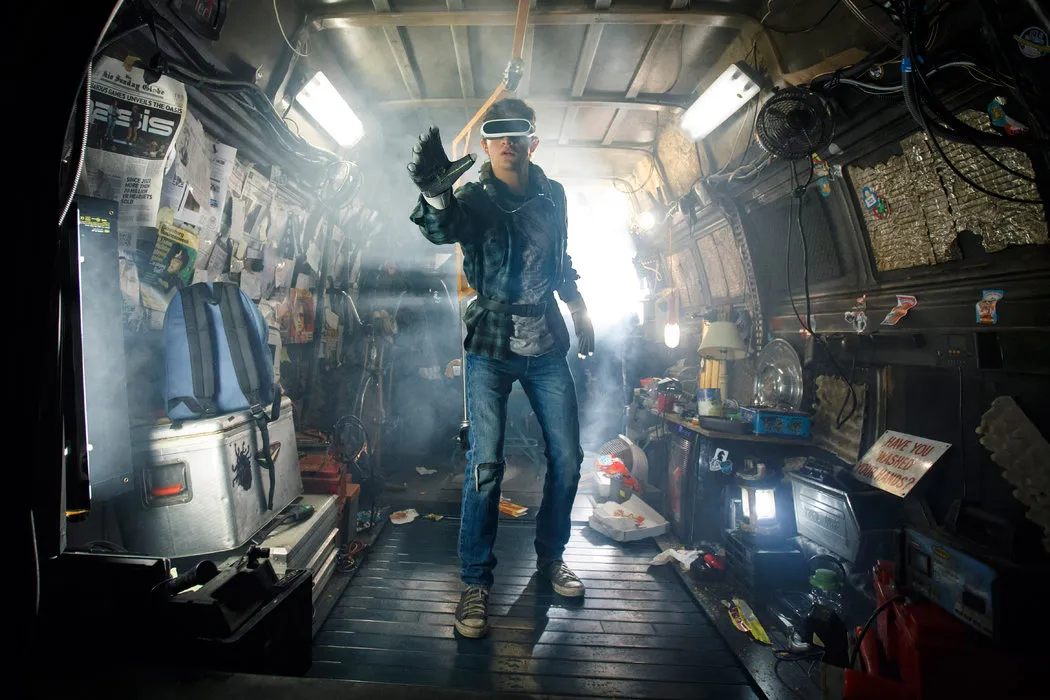
OpenAI themselves admit they were initially skeptical about pure AI-generated feeds, but were ultimately surprised by the human connection they bring.
Altman directly acknowledges in his latest blog that AI video generation could go wrong, potentially leading us into what he calls a reinforcement learning-optimized "garbage feed."
He says OpenAI is trying to figure out how to build a product that brings joy without falling into this trap.
The Sora app is their first answer.
On the path to AGI, what we gain shouldn't just be productivity—it should also be creativity and happiness.
Welcome to this new world driven by imagination. Now, the only question is: did you get an invitation code?
